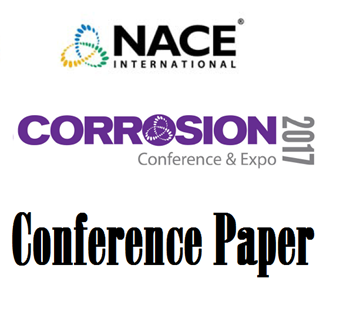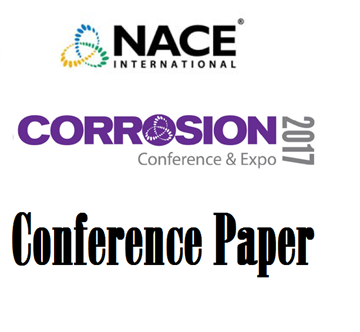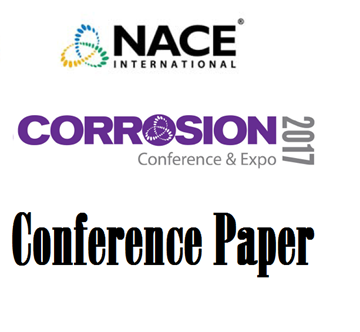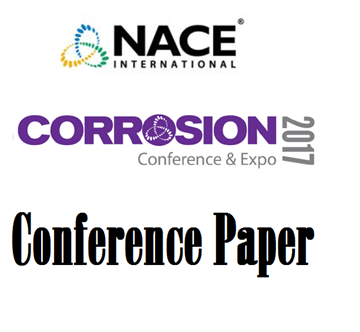Search
Individual Conference Papers
View as
Sort by
Display
per page
Molecular Deep Dive Into Oilfield Microbiologically Influenced Corrosion: A Detailed Case Study Of MIC Failure Analysis In An Unconventional Asset
Product Number:
51322-17948-SG
Publication Date:
2022
$20.00
Molecular MIC Diagnoses from ATP Field Test: Streamlined Workflow from Field to 16S Results
Product Number:
51317--9420-SG
ISBN:
9420 2017 CP
Publication Date:
2017
$20.00
Monitoring And Controlling Cathodic Protection Without Using Reference Electrode ― Cathodic Production Effectiveness Margin From Multielectrode Sensor
Product Number:
51322-17872-SG
Publication Date:
2022
$20.00
Monitoring Dynamic Corrosion and Coating Failure Events on Buried Steel Using Electrode Arrays
Product Number:
51317--9238-SG
ISBN:
9238 2017 CP
Publication Date:
2017
$20.00
Monitoring Effectiveness of Vapor Corrosion Inhibitors for Tank Bottom Corrosion Using Electrical Resistance and Coupons
Product Number:
51319-13100-SG
Publication Date:
2019
$20.00
Monitoring Evaluating and Control of Corrosion and Scaling in Higher Pressure Industrial Boilers
Product Number:
51317--8988-SG
ISBN:
8988 2017 CP
Publication Date:
2017
$20.00
Monitoring Localized and General Corrosion using Advanced Electrochemical Sensors
Product Number:
51320-14544-SG
Publication Date:
2020
$20.00
Monitoring Localized Corrosion Distribution Of Steel Bar In Concrete With OFDR Distributed Optical Fiber
Product Number:
51322-17777-SG
Publication Date:
2022
$20.00
Monitoring Oxygen Induced Corrosion in Deaerated Water Injection Systems Using Corrosion Coupons and Galvanic Probes
Product Number:
51324-21228-SG
Publication Date:
2024
$40.00
Monitoring Rebar Corrosion Propagation Embedded in Concrete
Product Number:
51317--9094-SG
ISBN:
9094 2017 CP
Publication Date:
2017
$20.00
Monitoring Strategies for Effective AC Mitigation Integrity Management
Product Number:
51323-18885-SG
Publication Date:
2023
$20.00
Monitoring the Corrosion of Copper-Nickel-Chromium Castings Using Electrochemical Frequency Modulation
Product Number:
51300-11354-SG
Publication Date:
2011
$20.00












